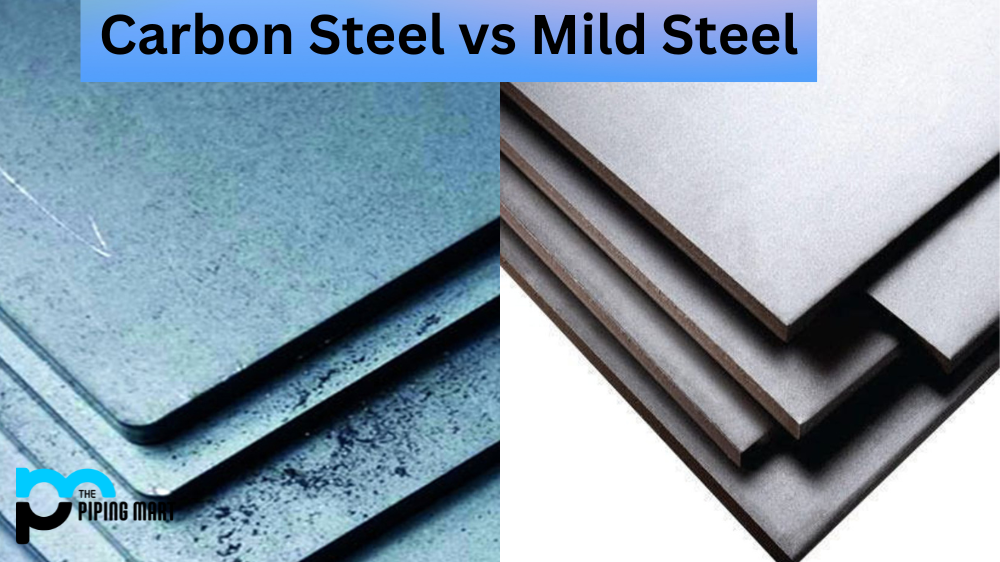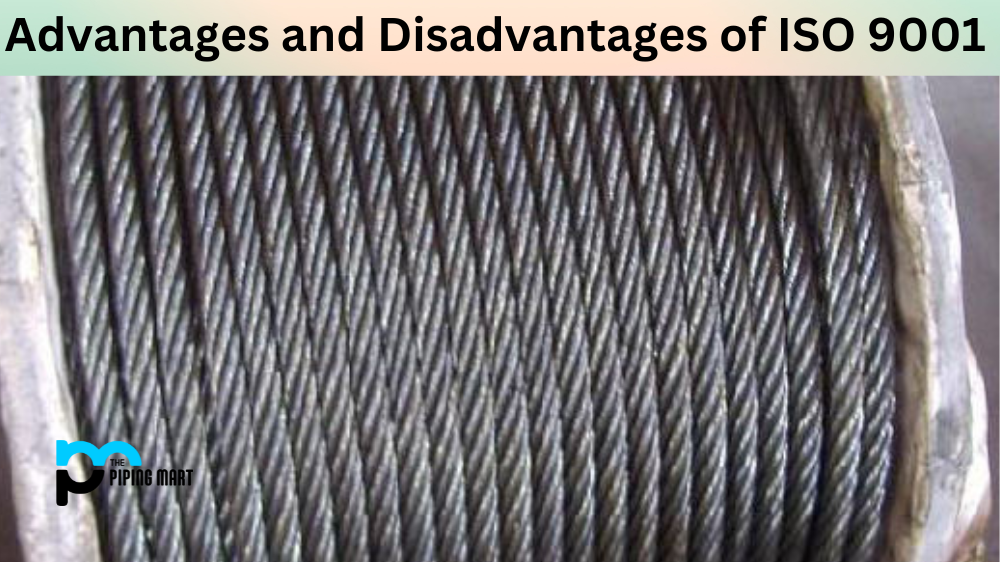When it comes to metalworking, most of us have heard the terms “plain carbon steel” and “mild steel.” But what exactly is the difference between them? Let’s take a look at how these two types of steel differ, so you can make informed decisions when selecting which type of steel best suits your metalworking needs.
What is Plain Carbon Steel?
Plain carbon steel is a type of metal that consists mainly of iron and small amounts of carbon. The carbon content in plain carbon steel varies from 0.06% to 1.5%. This type of steel usually has a higher tensile strength than mild steel due to its lower level of alloying elements like manganese, chromium, nickel, etc., which are used in other types of steel for strength improvement purposes. It is also relatively inexpensive compared to other types of steel and is thus often used as a construction material or for tooling applications requiring good durability and strength without spending too much money.
What is Mild Steel?
Mild steel refers to any low-carbon steel that contains less than 0.3% carbon by weight. It also contains other alloying elements like manganese (usually up to 1%), chromium (up to 1%), nickel (up to 1%), molybdenum (up to 0.08%), etc., which give it better properties than plain carbon steels such as improved malleability, formability, strength, hardness, etc. Mild steel also tends to be more corrosion-resistant than plain carbon steel because of its higher levels of alloying elements like chromium and molybdenum present in it. As such, mild steel is the preferred choice for most applications requiring good wear resistance and corrosion protection qualities but with a price tag that does not exceed too much compared with other types of alloys like stainless steel or aluminum alloys, which tend to be more expensive.
Plain Carbon Steel vs Mild Steel
- Plain carbon steel is a type of steel that contains carbon as the main alloying element.
- Mild steel is a type of carbon steel that contains low levels of carbon.
- Plain carbon steel can be further divided into two subcategories: low-carbon steel and high-carbon steel.
- Mild steel can also be further divided into two subcategories: low-carbon mild steel and high-carbon mild steel.
- Low-carbon plain carbon steels contain up to 0.30% carbon, while high carbon steels contain 0.70-1.00%carbon.
- Low-carbon mild steels contain up to 0.25% carbon, while high-carbon mild steels contain 0.60-0.90%carbon.
- Plain carbon steels are generally harder and stronger than mild steels but are more difficult to weld and machine due to their higher carbon content.
- Mild steels are easier to weld and machine than plain carbon steels but are not as strong or hard due to their lower carbon content.
- Plain carbon steels are used in a variety of applications, including construction, automotive, and aerospace industries, while mild steels are used in applications where weldability and machinability are important considerations
Conclusion:
Plain Carbon Steel vs. Mild Steel – there are clear differences between both types of metals when it comes down to their composition, properties, and uses in various applications. While plain carbon steel typically has higher tensile strength due to its lower levels of alloying elements, mild steels offer superior formability and weldability along with greater corrosion resistance, making them an ideal choice for many industrial applications where cost is an important factor in selection criteria. Ultimately, the right choice will depend on your specific application requirements, so make sure you consider each option carefully before making your decision!

Pipingmart is B2B portal specializes in industrial, metal and piping products. Also, share latest information and news related to products, materials and different types grades to help business dealing in this industry.




